Awareness and understanding the dangers are tantamount. Unfortunately, fatal accidents on construction sites aren’t rare. In fact, lack of fall prevention equipment accounts for 36% of all fatal injuries. Not only are guardrails and harnesses essential in workplace safety, proper load suspension and personal protective equipment (PPE) are necessary to prevent fatalities from falling objects. Falling objects are the second cause of construction site fatalities, accounting for 10% of deaths.
Construction sites represent a high risk for workers. Inadequately secured scaffolding is also a significant source of danger for construction workers. The same applies to tools that are not properly stowed away and the improper handling of electrical devices. Not to mention unpaved paths, holes in the ground, chemicals, stairs without handrails, and much more. The most common types of accidents are falls as well as injuries caused by slipping.
Other, more common accidents are:
- Injuries from blows (objects, loads, tools)
- Foot injuries
- Burns and injuries from corrosive substances
- Accidents involving vehicles
Typical Risks on Construction Sites
When using earth-moving machines, there is always a risk of injury from starting or crushing. Risks also arise with the work equipment used (accidents caused by electricity, heat, compressed air, or because of dangerous tools such as saws). Hazardous substances, dust, or mold can also endanger health. The same applies to paints, asphalt, and mortar, among other things.
In addition to these typical risks, there are also dangers generally applicable to construction sites. This can be, for example, building site vehicles moving backward and the risk of slipping in bad weather, flying sparks, falling objects, and many other things. Employers should also keep an eye on electrical safety.
PPE such as safety shoes, goggles, hearing protection, and respiratory protection is indispensable on construction sites.
Occupational Safety in Building Construction
Occupational safety in building construction is a broad field. The areas of responsibility of the various trades are complex, as are the accident risks and health hazards. The roofer can fall, the electrician can be injured by electricity, workers can fall into pits, slip, get cuts, or be hit by heavy loads. The list of sources of danger seems endless.
For this reason alone, PPE is a must. The most straightforward rule is wearing a construction helmet. In building construction, it happens again and again that things fall down. Even a small tool such as a pair of pliers can cause serious injuries, which in the worst case can be fatal.
Safety Clothing at Construction Sites
Some examples of safety clothing at construction sites include:
- Safety shoes
- Protective clothing
- Hard hat
- Noise protection
- Protective goggles and masks
- Knee protection
One of the biggest indicators to project success is the execution and consistency of thorough safety planning from day one. We are aware of the greatest sources of danger and have taken the necessary protective measures. That’s why our experts at SCS train and certifies our staff with the appropriate credentials. Our Superintendents and Project Managers are all OSHA 30 hour certified. Our field staff are all OSHA 10 hour certified.
Plus, SCS is a member of the Coalition for Construction Safety (CCS). We maintain and manage both a comprehensive safety program throughout the year and project site-specific programs.
Our dedication to safety means we’re more efficient at reducing risks, being profitable, and completing contracts on time. For more information, call us today at 317-272-0129.
Are you on Facebook? We are, too. Let’s be friends!
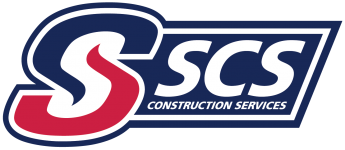
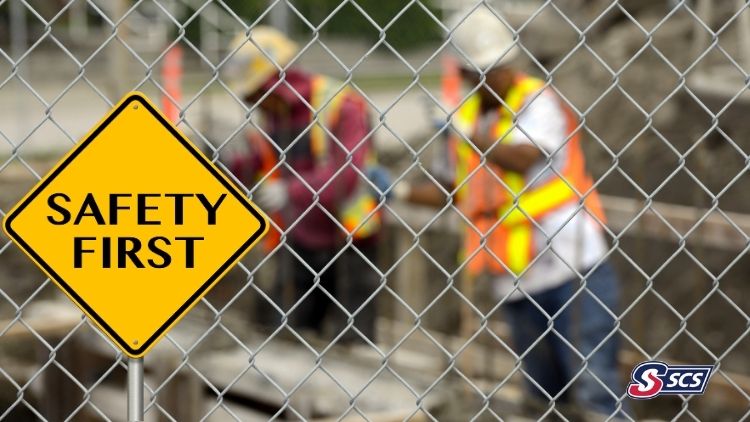

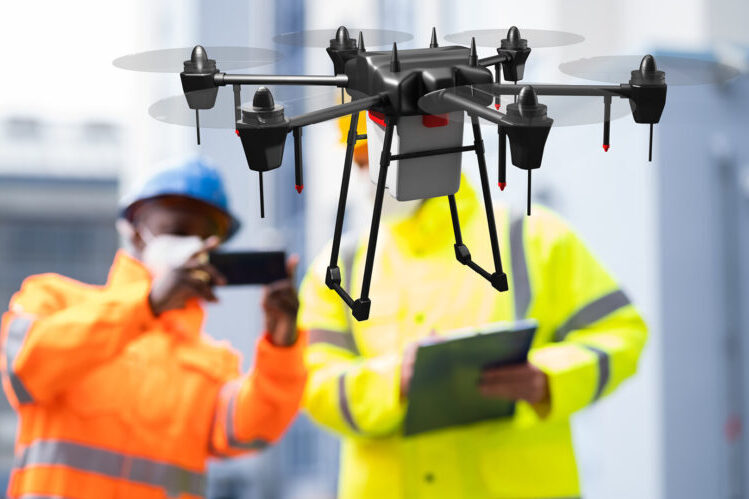
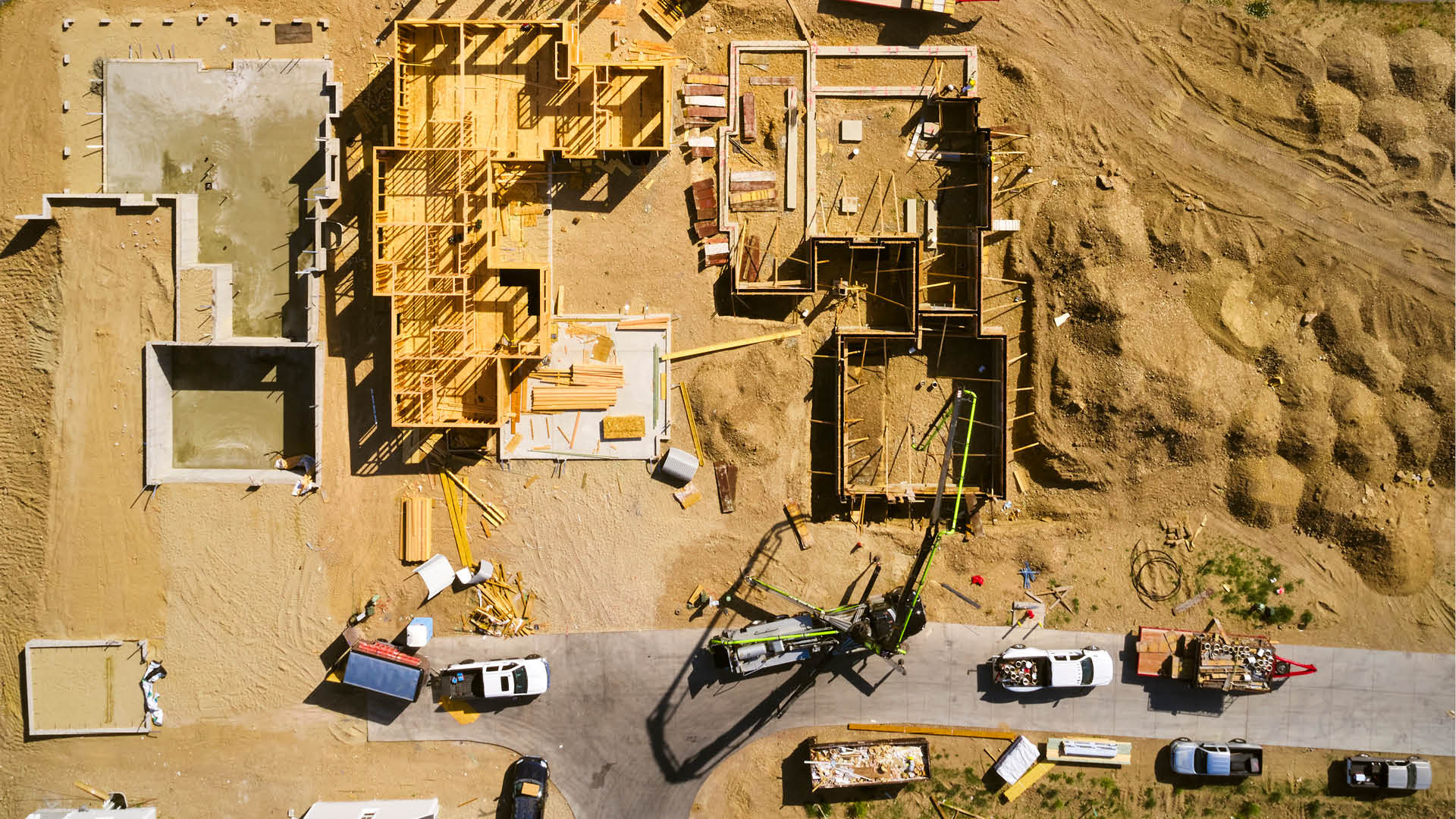
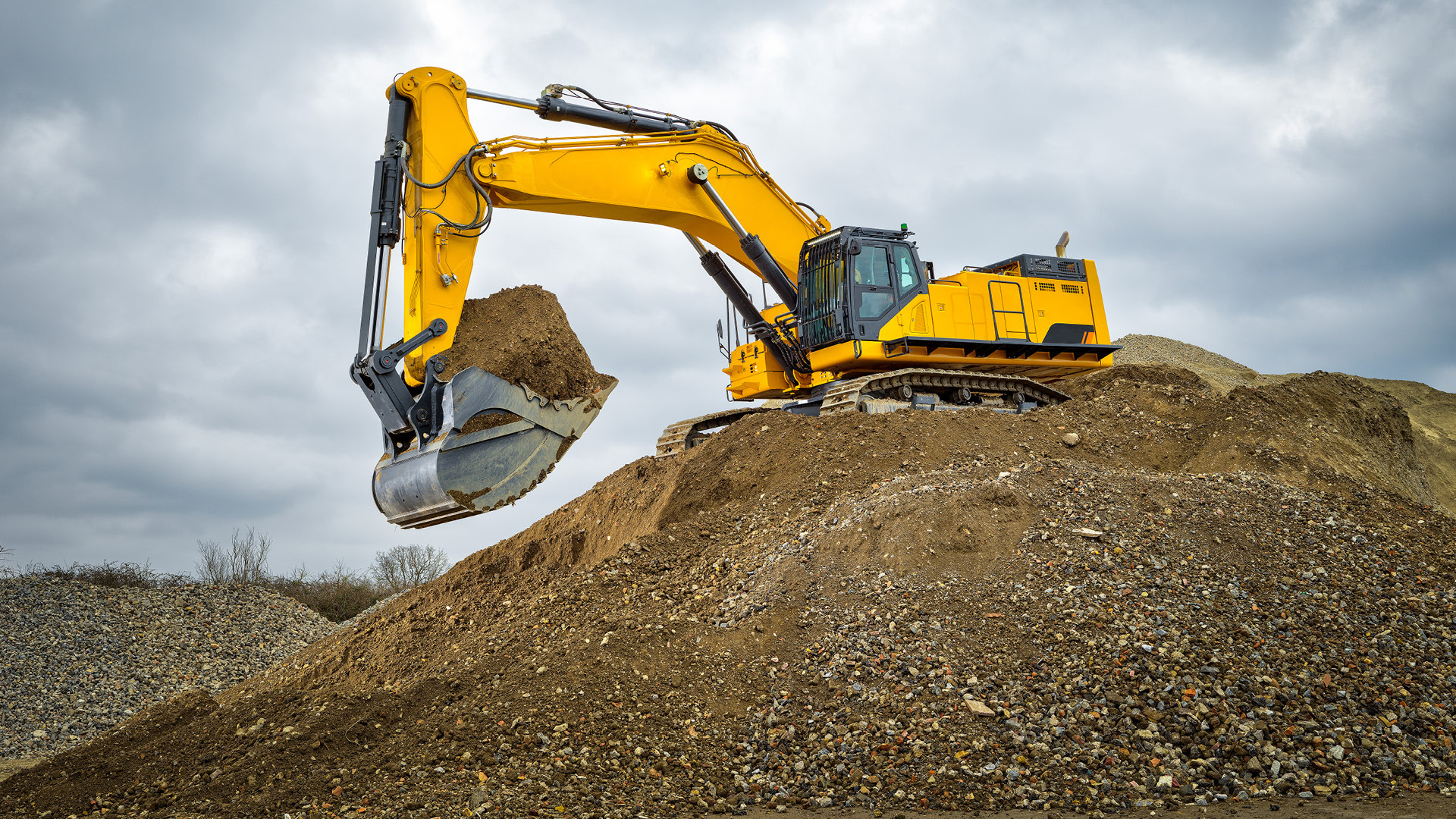
Recent Comments